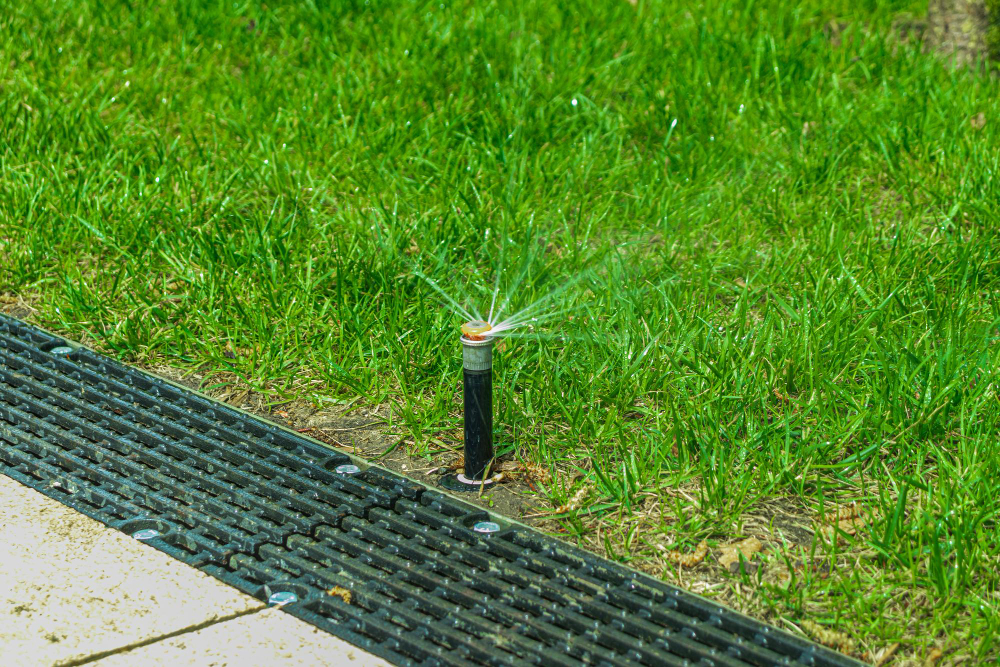Tips to Improve Your Lawn’s Drainage

A well-manicured lawn is every homeowner’s dream. But, a lawn can easily turn into a nightmare when it has poor drainage. Drainage problems can lead to a host of lawn issues such as yellowing grass, fungal growth, and even water damage to your foundation. Fortunately, with a little attention and some basic upgrades, it is possible to improve your lawn’s drainage. In this article, we will discuss some practical tips that will help you create an environment that encourages proper lawn drainage.
1. Add a layer of topsoil
One of the simplest solutions to improve your lawn's drainage is to add a layer of topsoil. The layer should be around one inch thick and can cover the entire lawn, or you can use it to fill in low areas. Topsoil helps the lawn to drain water properly by providing a soil structure that allows water to pass through. This method is especially great if your lawn is experiencing drainage issues due to compacted soils.
2. Install a French drain
A French drain is another option for improving your lawn's drainage. It is a trench that is filled with gravel and perforated piping that directs water away from your lawn and into the nearest water source. French drains are especially great for low lying areas with heavy clay soils that tend to stay wet most of the time. Before installing a French drain, it is essential to follow the local regulations for stormwater management.
3. Use Permeable Pavers
If you have an area of your lawn that is prone to flooding, permeable pavers can be the solution. These pavers allow rainwater to move through small channels between them and into the ground. They also prevent water from pooling on the surface, which can be dangerous and unsightly. Permeable pavers often come in a variety of sizes and shapes so that you can create a customized look for your lawn.
4. Add more plants to your landscape
The more plants you have in your landscape, the better the drainage. This is because plants absorb water through their roots and break up the soil, which helps water move freely. If your lawn's drainage issue caused by too much rainfall, consider adding plants that can withstand saturated soil like cattails or sedges.
5. Use Mulch
Mulch is not just great to add nutrients to the soil, but also helps to hold water for later dispersal when the soil is drier. In the process, it slows down water movement, which can help the soil retain more moisture, which leads to improved drainage. Add about 2 inches of mulch to your lawn, keeping it at a distance from the plant stems. The mulch will also keep pests and weeds at bay, ensuring your lawn remains healthy for longer.
Conclusion
Poor drainage can cause severe damage to your lawn if not addressed promptly. The tips we have discussed here make it easier for you to improve your lawn’s drainage without breaking the bank. You can start by adding topsoil, plants, or even permeable pavers. However, in case the issue is out of control, it's advisable to contact a professional sod installer in Orlando, FL, like From The Ground Up Landscaping for more comprehensive solutions. We hope this guide helps you get your desired lawn with proper drainage and healthy grass.